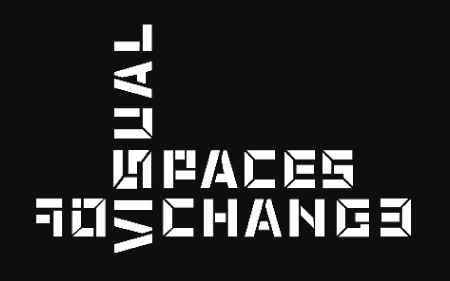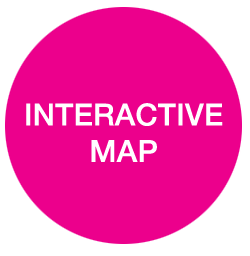We have the space of our own school as our analysis subject, so close, known and ordinary to us. Represented so many times, often multiplied by camera "clicks", more or less, consciously. FAUP never gets tired of being photographed.
Even though is has exhaustively been explored, there will always be new ways of looking at it, influenced by ways that have already been seen.
That is exactly the path we aim to pursue to build our narrative. An unaccomplished narrative of FAUP seen through another lens. On its walls, objects, traces of time and people we look for abstraction. Our purpose is to find moments that steal its evidence. What does it hide? What does it reveal? From this detachment, the walls tend to fall and FAUP grows.
Not all you see is visible. But isn't that as visible as what you can not see? More than "seeing", "watching". Watching calls for consciousness. Calls for time. Calls for a fraction of me in a portrait that is not mine. Abstraction allows for a superior knowledge.
Never the less, the need for a thought that comunicates. It is essencial to create a certain distance between what it is being said and what you aim to say. A recognizable path is needed, otherwise dialectical discontinuity is what you will find.
"The value of a though is measured but its distance to the continuity of what is known. Objectivly, it looses with the diminution of this distance" (Adorno, Th. W., Minima Moralia, 2001,p.68)
As so, the produced images do not end on its simple register. They enable us to create multiple reads of the same subject. The framework is always part of a bigger whole, knowling that this "part" can be treated as a full reality.
It is in this conceptual cohesion, perceiving the concept as a way to reach an end and not as an ending on itself, that a pattern can be identified in which the photographer assembles an idea, proposes a story and its own reading.
We develop two possible readings for this story we aim to tell.
On the one side, loose photographs, that can be organized and reorganized by any hand.
On the other side, a "book". We refer to it as a "book", just because this is the word we employ every time we have an object that conveys a story. When it is fully opened, its pages open upwards, downwards, as a pair, or even three in a row...the ideia is to convene space, chalenge its limits. The act of reading the images takes part in the narrative, an expanded reality. We believe in the coherence of this approach as the School of Architecture is our subject. When fully opened, the nightfalls and physical and mental path come to an end.
Using the words of its own author, "Imagining the evidence".


 CAAD-F I 2020-2021
CAAD-F I 2020-2021

















